The molecular basis of human genetic diseases of cilia and ciliary extracellular vesicles
Autosomal dominant polycystic kidney disease (ADPKD) is a common, life threatening disease that affects 1/400-1/1000 individuals. ADPKD is caused by mutations in PKD1 and PKD2, which encode polycystin-1 and polycystin-2 (PC1 and PC2). In the model organism C. elegans and humans, the polycystins LOV-1/PC1 and PKD-2/PC2 are architecturally similar, act in the same genetic pathway, function in a sensory capacity, localize to primary/sensory cilia, and are shed in tiny extracellular vesicles, suggesting ancient conservation. Moreover, ciliary EV biogenesis and shedding is an evolutionary conserved process from algae to worms to humans. While cilia and EVs are of profound medical importance, the field lacks a basic understanding of how EVs form, what cargo is packaged in different types of EVs originating from different cell types, and how different cargoes impact EV bioactivity signaling. The model system C. elegans has consistently driven discovery in biomedical research. For example, C. elegans provided one of the first links between cilia, polycystic kidney disease, and ciliopathies. Our work brings to bear the power of the C. elegans system combined with multi-color super resolution microscopy and real time imaging of genetically-encoded fluorescent-protein tagged EV cargo and in vivo readouts of ciliary EV bioactivity.

References:
Juan Wang, Inna A. Nikonorova, Malan Silva, Jonathon D. Walsh, Peter Tilton, Amanda Gu, Maureen M. Barr. Sensory cilia act as a specialized venue for regulated EV biogenesis and signaling. https://doi.org/10.1101/2021.02.04.429799
Akella, J.S., Carter,, S.P., Rizvi, F., Nguyen, K.C.Q., Tsiropoulou, S., Moran, A.L., Silva, M., Kennedy, B.N., Hall, D.H., Barr, M.M. and Blacque, O.E. (2020) Ciliary Rab28 and the BBSome negatively regulate extracellular vesicle shedding. Elife.
Wang, J., Nikonorova, I. Guo, A., Sternberg, P.W., and Barr, M.M. (2020) Release and targeting
-2 containing ciliary extracellular vesicles.Curr Biology
Warburton-Pitt S. R., Silva M., Nguyen K. C., Hall D. H., Barr M. M. (2014). The nphp-2 and arl-13 genetic modules interact to regulate ciliogenesis and ciliary microtubule patterning in C. elegans. PLoS Genetics.





